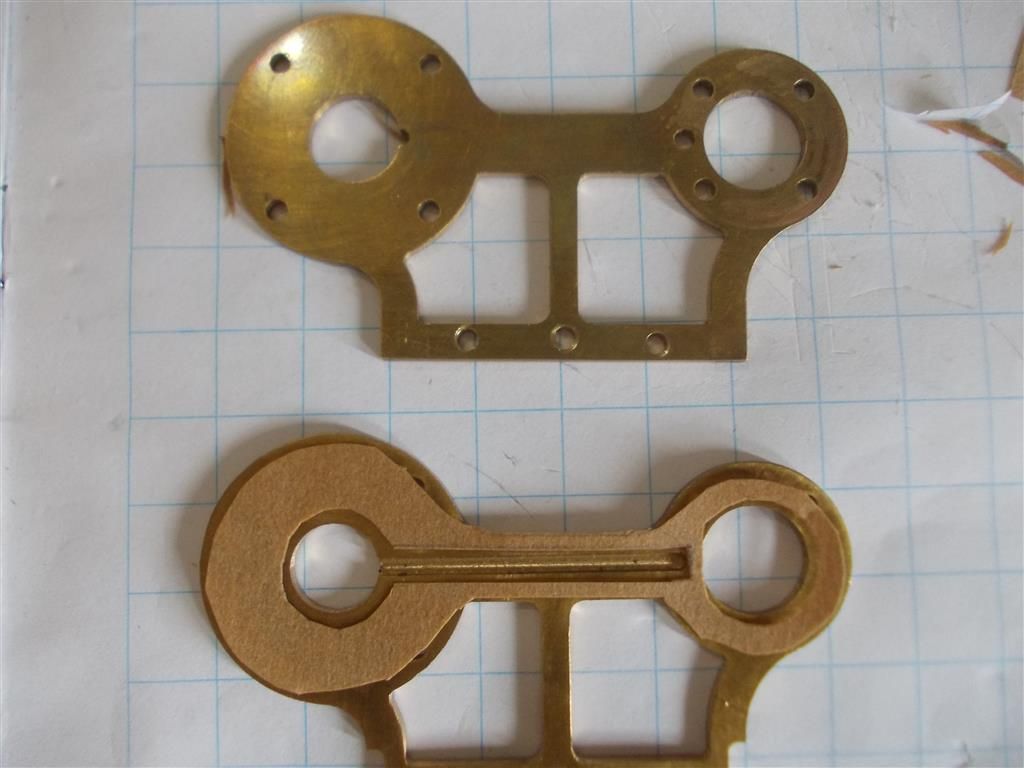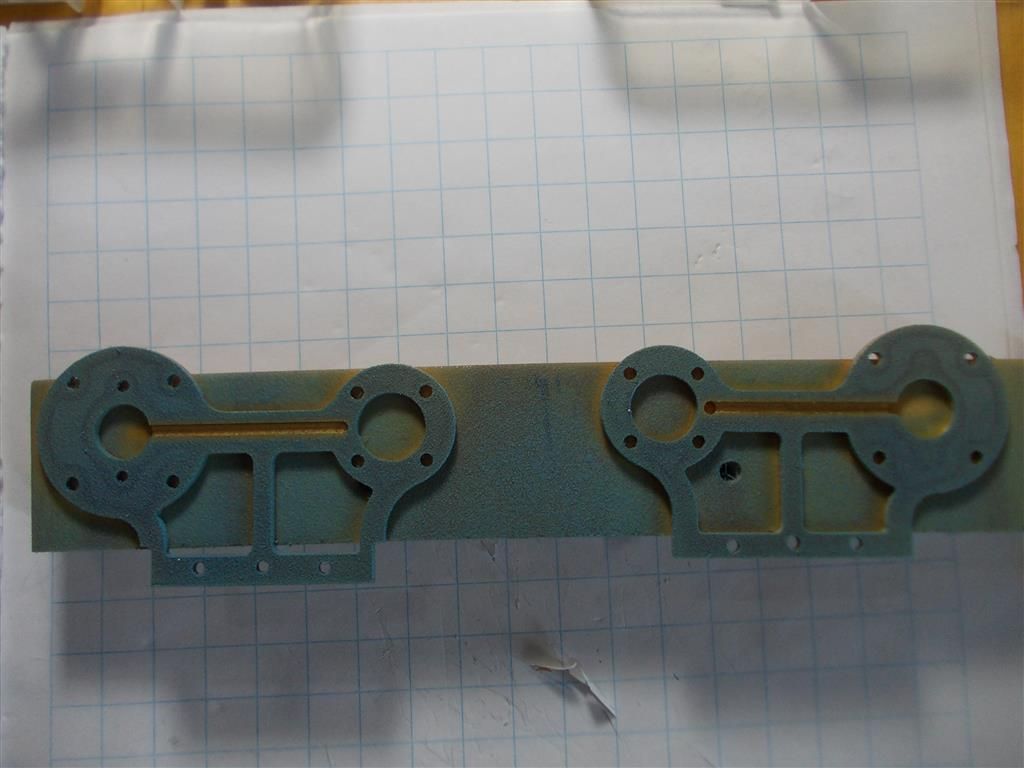I took the cylinder holders (frames) apart today intending to make a paper gasket for this part of the engine. It is a good thing that I never soldered all this together as per the instructions …what a mess that would have been !
My first observation was that there was a lot of oil spread over the inside of both frames indicating air leaks in this area. My attempts at cutting a paper gasket were a complete disaster so I decided to try the Hylomar again. This time I laid some plastic tubing on the connecting groove to mask it off before spraying. All seemed to go well and I slowly put everything back together eventually achieving the same degree of freewheeling as I had before.
It still does not work !
1. Bengs should supply a precut gasket for the frames. This is a very important part of the setup and mucking around with various compounds, never knowing if it has worked or not as just not good enough.
2. I could try cutting five paper gaskets for the cylinder covers and where the cylinders contact the frames but I am starting to feel that I am wasting my time.
3. New bearings will not solve my problem. I spun the flywheel once both pistons had been disconnected and I was getting somewhere between 30 and 40 revolutions ; I doubt that I could do much better than this. What are other people getting ?
4. I have failed ''Gasket Cutting 101'' !
5. Can Hylomar be used immediately or should I have waited 24 hours ? It does not say on the tin ?


Edited By Brian John on 22/02/2016 07:12:13
Edited By Brian John on 22/02/2016 07:13:07
Edited By Brian John on 22/02/2016 07:14:12
Edited By Brian John on 22/02/2016 07:14:37
Edited By Brian John on 22/02/2016 07:15:31
Gordon Tarling.






